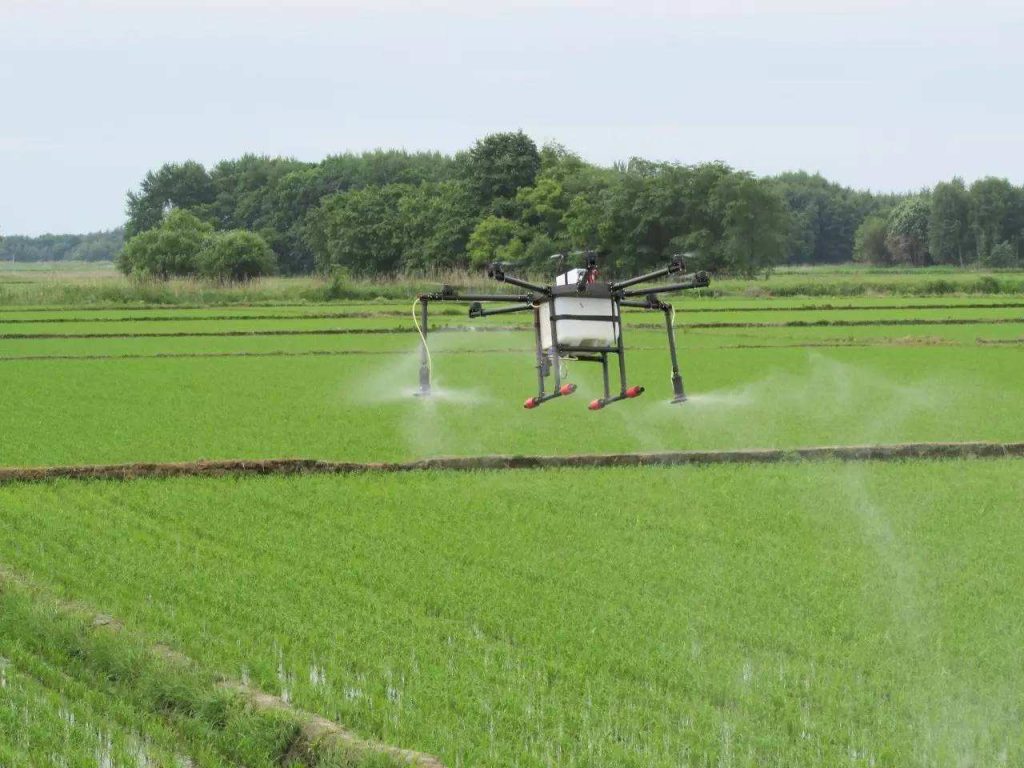In the ever-evolving field of agriculture, staying ahead requires innovation and efficiency. Agricultural drones, also known as UAVs (unmanned aerial vehicles), have emerged as a revolutionary technology that is transforming crop management. These unmanned aircraft equipped with advanced sensors and cameras are changing the way farmers approach agriculture, from planting to harvest.
Agricultural drones offer a range of benefits that contribute to increased productivity, reduced costs, and more sustainable farming practices. Here are some key ways in which they are enhancing crop management:
-
Early Detection of Crop Issues: Agricultural drones equipped with high-resolution cameras and multispectral sensors can capture detailed images of crops. This allows farmers to detect issues such as nutrient deficiencies, pest infestations, and diseases at an early stage. Early intervention can prevent the spread of problems and minimize crop damage.
-
Precision Farming: Drones generate precise field maps by collecting data on soil quality, moisture levels, and crop health. These maps enable farmers to make data-driven decisions, optimizing the use of resources like water and fertilizers. Precision farming not only reduces waste but also improves crop yields.
-
Efficient Crop Spraying: Drones equipped with spray systems can precisely apply pesticides, herbicides, and fertilizers. This targeted approach reduces chemical usage, minimizes environmental impact, and lowers operational costs. Farmers can also cover large areas quickly, increasing overall efficiency.
-
Livestock Monitoring: Beyond crop management, drones are used for livestock monitoring. They provide farmers with real-time insights into the health and behavior of their animals. Any issues, such as injured or missing livestock, can be quickly identified and addressed.
-
Time-Saving Crop Scouting: Traditional crop scouting involves walking through fields to assess crop conditions. Drones eliminate the need for manual scouting by capturing aerial images. Farmers can identify areas that require attention more quickly and efficiently.
-
Data-Driven Decision-Making: The data collected by agricultural drones is invaluable. Advanced software processes this data, offering actionable insights. Machine learning algorithms analyze historical data to make predictions about crop performance and potential challenges.
-
Reducing Environmental Impact: By optimizing resource use and minimizing chemical applications, drones contribute to environmentally friendly farming practices. They help reduce the environmental impact of agriculture, making it more sustainable.
-
Disaster Response: In times of natural disasters, such as floods or wildfires, drones are used for rapid assessment of damage to crops and infrastructure. This information is crucial for insurance claims and disaster recovery efforts.
Agricultural drones are not just a technological novelty; they are becoming an essential tool for modern farmers. With ongoing advancements in drone technology and data analytics, the agricultural sector is poised to become more efficient and sustainable. As the world’s population continues to grow, the role of agricultural drones in ensuring global food security becomes increasingly significant.







Please sign in to comment
register